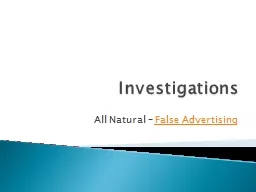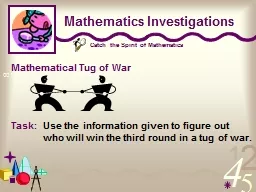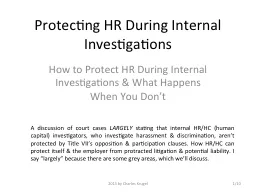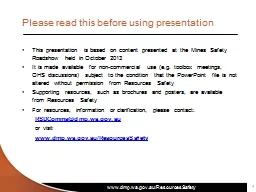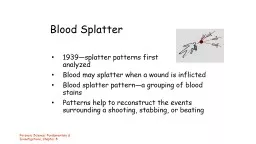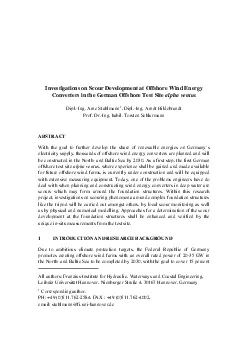PPT-Investigations All Natural –
Author : aaron | Published Date : 2018-03-07
False Advertising Scientific Method The goal of conducting a scientific investigation is to understand the natural world better discover solutions to help humanity
Presentation Embed Code
Download Presentation
Download Presentation The PPT/PDF document "Investigations All Natural –" is the property of its rightful owner. Permission is granted to download and print the materials on this website for personal, non-commercial use only, and to display it on your personal computer provided you do not modify the materials and that you retain all copyright notices contained in the materials. By downloading content from our website, you accept the terms of this agreement.
Investigations All Natural –: Transcript
Download Rules Of Document
"Investigations All Natural –"The content belongs to its owner. You may download and print it for personal use, without modification, and keep all copyright notices. By downloading, you agree to these terms.
Related Documents

